
Kerala, a thriving hub for innovative ventures, offers an ideal industrial landscape. Productivity soars with a high literacy rate, a skilled labour force and strong work ethic. Kerala’s well-connected infrastructure streamlines the transportation of goods via road and ports. Positioned on India’s southwestern coast, Kerala enjoys easy access to global markets. The State government actively supports entrepreneurship with enticing incentives and subsidies, spurring investment. Abundant natural resources such as rubber and spices further bolster various industries. This unique blend of human capital, infrastructure and government backing makes Kerala an enticing destination for trailblazers in the business world.
Read More
Kerala, a state where nature's beauty harmonizes with abundant opportunities, invites you to invest in a future adorned with prosperity. With lush landscapes, vibrant culture, and a dynamic economy, Kerala sets the stage for ventures that align with both environmental sustainability and economic growth. From tourism to technology, the state offers diverse sectors for astute investors. Embrace the serenity of nature while capitalizing on the endless opportunities Kerala unfolds. Invest in Kerala and shape a future where your success intertwines with the flourishing spirit of this enchanting state.
Read MoreMajor seaports (Upcoming major seaport at Vizhinjam)
International airports(5th upcoming at kottayam)
Thousand mile roads
Minor/intermediate seaports
Mile railways
Metro stations
Mile coastal route
Mile inland waterways
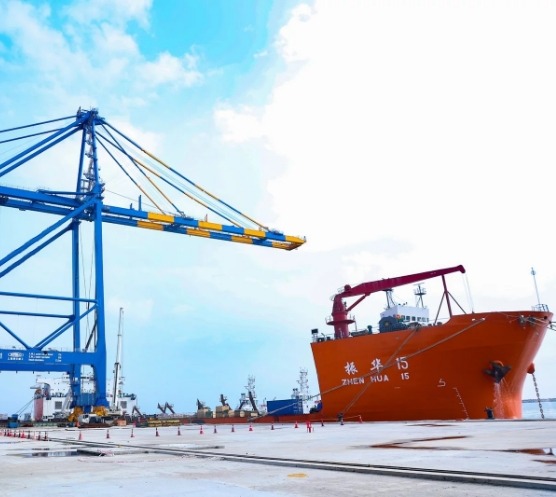
Major seaports (Upcoming major seaport at Vizhinjam)
International airports(5th upcoming at kottayam)
Thousand mile roads
Minor/intermediate seaports
Mile railways
Metro stations
Mile coastal route
Mile inland waterways


Highest literacy rate

Highest Human Development Index (HDI)

India's First 100% Digital State

Highest Mobile Network and Optic Fiber Penetration

Number of International Airports and Road Density

High Quality Education, Women Empowerment and Healthcare
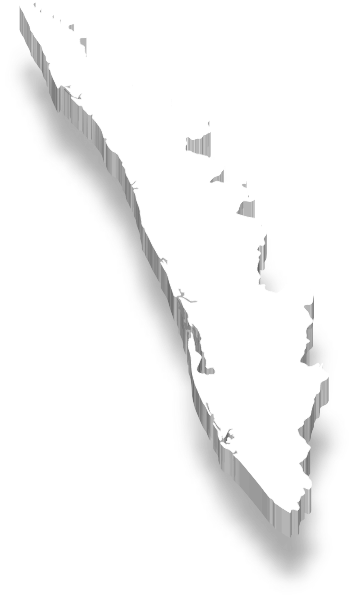
Kasaragod, situated in the northernmost part of Kerala, India, boasts a captivating landscape shaped by the cultivation of major crops such as paddy, coconut, areca nut, cashew, pepper, banana, and rubber. The district's cultural richness, influenced by both Kerala and Karnataka, is reflected in the languages commonly spoken: Malayalam, Tulu, and Kannada. With a history marked by ancient temples, mosques, and the iconic Bekal Fort, Kasaragod stands as a testament to its historical significance. The district's economy revolves around agriculture, with the Central Plantation Corporation and Krishi Vigyan Kendra (KVK) playing pivotal roles in nurturing crops like coconuts and supporting overall agricultural development.
Nestled in northern Kerala, Kannur District is a captivating blend of tradition and modernity. Known as the "Land of Looms and Lores," it boasts a rich cultural tapestry woven by flourishing loom industries and vibrant temple festivals. Kannur is a hub for the ancient ritual dance of Theyyam, with small shrines called "kavus" intricately linked to this profound art form.Adding a contemporary touch, Kannur proudly hosts the Kannur International Airport, the fourth international airport in Kerala, symbolizing the district's global connectivity and evolving role on the world stage.
Wayanad, in Malabar, is Kerala's largest hill station, celebrated as "The Green Paradise" and the "Land of Spicy Hills." Nestled on Kerala's border, it boasts picturesque hill stations, expansive spice plantations, and luxurious resorts atop the magnificent Deccan plateau. Beyond its breathtaking landscapes, Wayanad is a cultural haven, home to Kerala's largest concentration of tribes. As you explore, experience the harmonious blend of vibrant traditions and serene hills, creating an unforgettable journey in Wayanad.
Kozhikode district, situated on the southwest coast of Kerala, India, is a captivating amalgamation of rich history, culture, and industry. Once a major trading port, it has transformed into an economic hub with a thriving industrial sector, exemplified by the ancient shipbuilding industry in Beypore. The district's economic prowess, underscored by diverse industries like handloom and coir, is further complemented by the convenience of Calicut International Airport, adding to its dynamic character. This fusion of industrial strength, historical significance, and cultural vibrancy makes Kozhikode a compelling destination, reflecting the evolution of Kerala's economy over the years.
Nestled in northern Kerala, Malappuram seamlessly blends cultural heritage, historical richness, and economic opportunities. It beckons investors to explore diverse sectors, boasting an educational hub anchored by the University of Calicut. Vibrant tourism, driven by cultural festivals and historical marvels, offers hospitality and heritage tourism prospects. The dynamic industrial landscape, including public enterprises like MALCOTEX and KELTEX, presents enticing opportunities. With 15,691 MSME units, the district plays a pivotal role in employment and economic growth, emphasizing investor appeal.
Malappuram's Ayurvedic prominence, exemplified by the Kottakkal Ayurveda Shala, invites investments in resorts, wellness centers, and herbal products. Its strategic location supports infrastructure and renewable energy projects, making Malappuram an ideal destination for investors seeking tradition and progress.
Palakkad district in central Kerala, India, is an economic powerhouse blessed with abundant resources like agriculture, minerals, horticulture, livestock, and forest products. The cultivation of rice, coconut, banana, groundnut, and cotton not only drives agricultural prosperity but also provides significant employment opportunities.
The district's diverse topography, featuring plains, hills, and dense forests, contributes to its industrial potential, which relies on the availability of these resources. Palakkad's robust transport infrastructure, including road, rail, and water facilities, further boosts its economic outlook. With tourist attractions like Malampuzha, Nelliampathy, Silent Valley National Park, and a rich cultural and historical heritage, Palakkad encapsulates the essence of Kerala's diversity and economic vibrancy.
Thrissur, at the heart of Kerala, is a vibrant mix of culture, history, and economic vitality, earning the title "Cultural Capital." Known for the famous Thrissur Pooram festival and landmarks like Vadakkunnathan Temple, it reflects a rich heritage. Thriving both culturally and economically, it engages in diverse activities from agriculture to trade. Educational institutions like Kerala Kalamandalam contribute to cultural preservation, while rivers Bharathapuzha and Periyar add to its scenic beauty.
Thrissur strategically develops industries in textiles, agro-processing, and small-scale manufacturing, promoting sustainable growth and employment. As a financial hub with major banks, it solidifies its multifaceted hub status in Kerala, showcasing strengths in entrepreneurship and finance.
Ernakulam, the lively hub of Kerala, has lots of chances for investment. You can invest in the growing IT sector, busy tourism, and its strategic location near international ports. It's perfect for starting tech businesses, hotels, and logistics centers, with the advantage of the Cochin International Airport for global connections. For smart investors, there are opportunities in fancy co-working spaces, eco-friendly lodges, and creative ways to manage waste. Healthcare, education, and infrastructure projects, including smart city plans, also offer good chances to make money. And don't forget about traditional industries like handloom and spices, which have room for new ideas. Discover Ernakulam's exciting possibilities and see your investments grow in this forward-moving district.
Kottayam, a beautiful place with palm trees and backwaters, is a great choice for investors. There are opportunities for organic spice farming and sustainable poultry businesses on its fertile lands. The calm backwaters are perfect for responsible tourism, including boutique houseboats and eco-friendly resorts. Known as Kerala's "City of Letters," Kottayam's focus on education creates openings for medical labs, research facilities, and training centers.
The thriving rubber industry is open to innovation in latex products, upcycled crafts, and eco-friendly processing. Ayurveda's importance invites investments in spa resorts, organic herbal products, and authentic retreats. Traditional handloom weaving is ready for a modern touch. With good connectivity and supportive policies, Kottayam is a promising place for your investment to thrive in the "Land of Letters."
Idukki, known for its stunning landscapes and hydroelectric achievements, beckons as a captivating investment hub seamlessly blending nature with economic potential. The district's emphasis on sustainable energy, particularly hydroelectric power, appeals to investors focused on renewable initiatives. Flourishing tourism against picturesque backdrops positions Idukki as a hub for eco-friendly resorts and adventure tourism. Fertile lands invite agribusiness, including organic farming and spice processing. Idukki's investment canvas spans infrastructure, education, healthcare, and real estate, aligning economic growth with environmental sustainability. Second in the state for agriculture, Idukki excels in spices, with diverse initiatives in floriculture, mushroom cultivation, medicinal plants, and vanilla. Operational mini-industrial estates highlight Idukki's commitment to industrial development.
Alappuzha, the "Venice of the East," offers diverse investment opportunities in boutique houseboats, eco-resorts, and cultural experiences amidst its enchanting backwaters. The thriving agricultural landscape invites ventures in organic farming and spice cultivation, while proximity to the coast encourages aquaculture projects and seafood processing units. Alappuzha's historical significance and traditional coir industry create openings for value-added ventures, alongside potential investments in vocational training centers and research facilities. Embracing sustainable development, the district beckons investors in renewable energy, waste management, and eco-friendly initiatives. Alappuzha's accessibility and natural beauty make it an inviting destination for innovative investments, harmonizing cultural heritage with modern sustainability.
Pathanamthitta, cradled in Kerala's lush landscapes, unfolds a canvas of investment opportunities. Boasting natural beauty and burgeoning infrastructure, the district is an ideal haven for potential investors. With upcoming developments like the Sabarimala airport, the tourism sector gains momentum, creating avenues for investments in hospitality and ecotourism.
Agriculture, a vital economic contributor, beckons ventures in organic farming and spice cultivation. The district's commitment to sustainability extends to opportunities in renewable energy projects. Education, responding to rising demand, offers promising prospects in schools and skill development centers. Pathanamthitta's growth, propelled by strategic investments, not only ensures financial returns but also contributes significantly to overall development and sustainability.
Kollam, Kerala's coastal jewel, beckons astute investors to discover a realm of opportunities. From Ayurvedic wellness and maritime ventures to heritage restoration, cashew industry, and IT innovation, the district offers a diverse investment landscape. Leverage its rich Ayurvedic legacy for wellness retreats and farm-to-table experiences, explore maritime possibilities in modern port infrastructure, revive colonial charm through heritage restoration, and participate in the booming cashew industry and IT revolution. Beyond the surface, tap into eco-tourism, luxury hospitality, and textile enterprises. Invest where history meets horizon, contributing to the sustainable development of this historic district, blending natural beauty with economic potential.
Thiruvananthapuram, Kerala's capital, offers a dynamic mix of tradition, modernity, and diverse investment opportunities. The bustling IT sector in Technopark, a premier IT park, beckons investments in software development, startups, and IT-enabled services. The thriving tourism industry creates prospects in hospitality, including eco-friendly accommodations, leveraging the district's cultural heritage. Commitment to sustainable development fosters investments in renewable energy projects. Renowned educational institutions invite ventures in schools, colleges, and skill development. With strategic location and connectivity, Thiruvananthapuram is a gateway to international trade, accentuated by the upcoming Vizhinjam International Seaport. Investors are urged to join this growth narrative, contributing to the city's prosperity and development.





By starting the operations of my company in Kerala, I wanted to prove to the world the state’s business potential.
2023 marks our 60th year in Kerala. Our company has innovated and grown multi- folded in Kerala’s business landscape.
Kerala has extended all support to our ventures. It has been a great experience for us.
Thiruvananthapuram is on a growth trajectory. It’s exciting to think what Thiruvananthapuram and Vizhinjam Port and achieve if they work together.
Our fastest growing center has been the one in the Kerala capital. It affirms our faith in Kerala and its people.
I, as an NRI, can attest that the various departments of the Kerala government have been instrumental in aiding me to overcome the challenges and successfully establish my enterprise in Kerala.
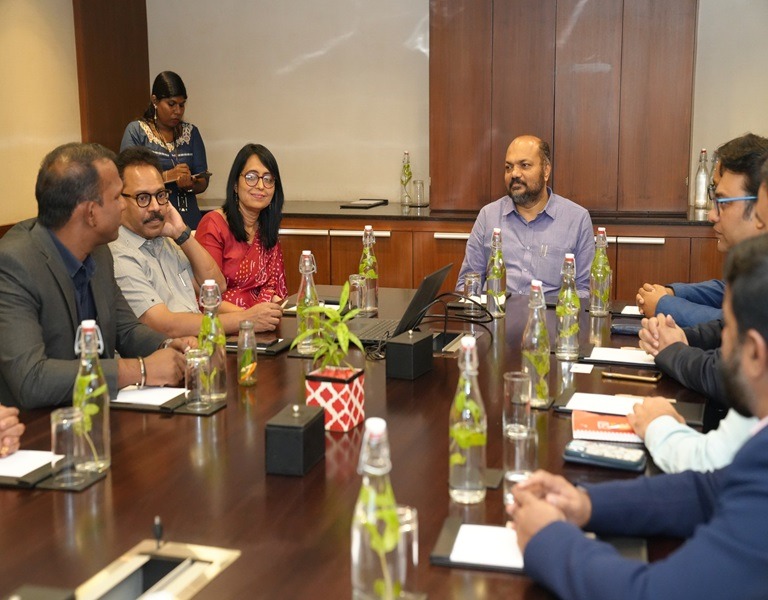
Minister P.Rajeeve Interacted with Experts at the US Tax Industry Meet
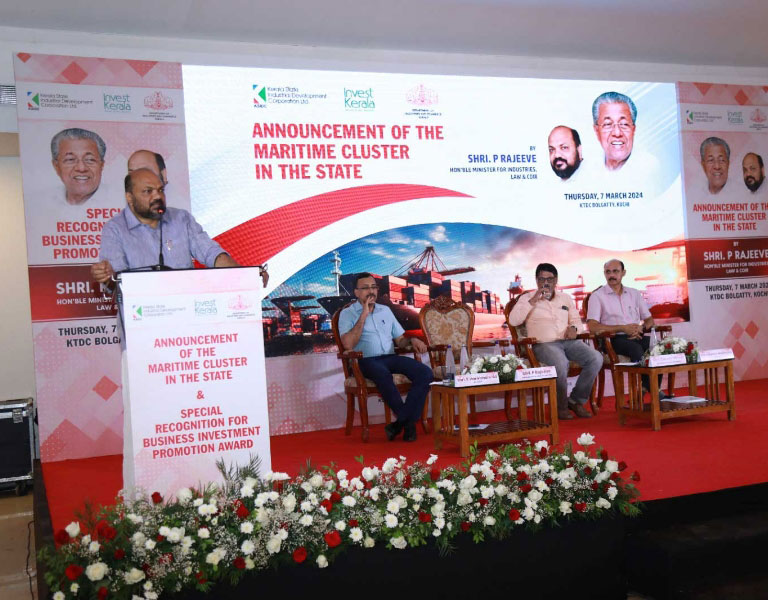
State’s First Maritime Cluster to be Set up in Cherthala: Minister P.Rajeev Announced
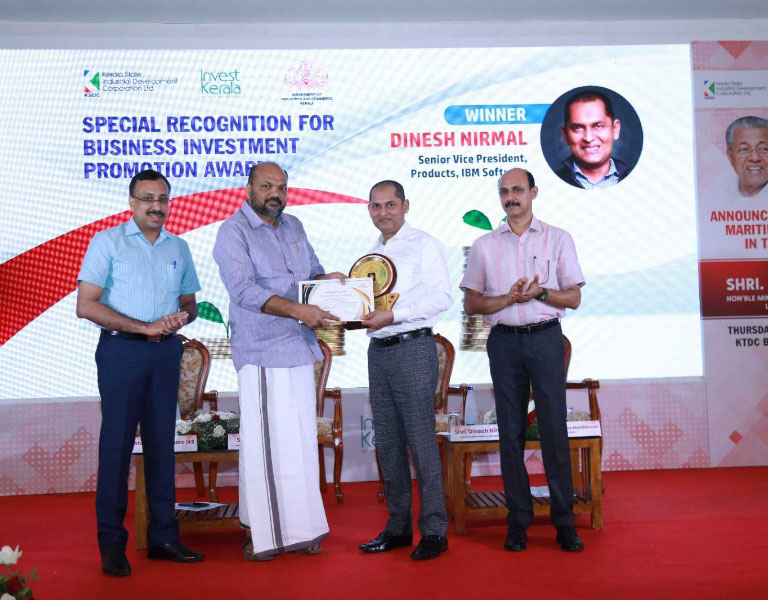
Kerala Government’s First Investment Promotion Award Conferred to Dinesh Nirmmal of IBM
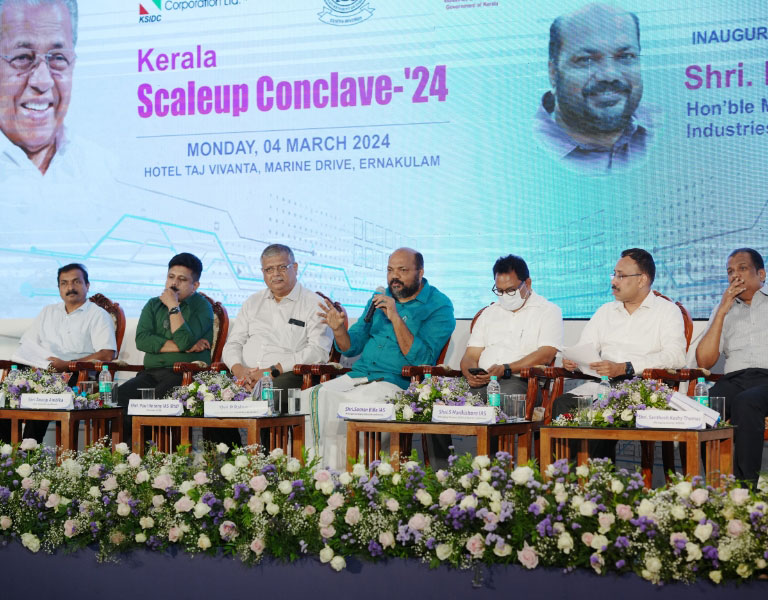
KSIDC Organised the ‘Kerala Scale Up Conclave 2024’ for Startups in Kochi
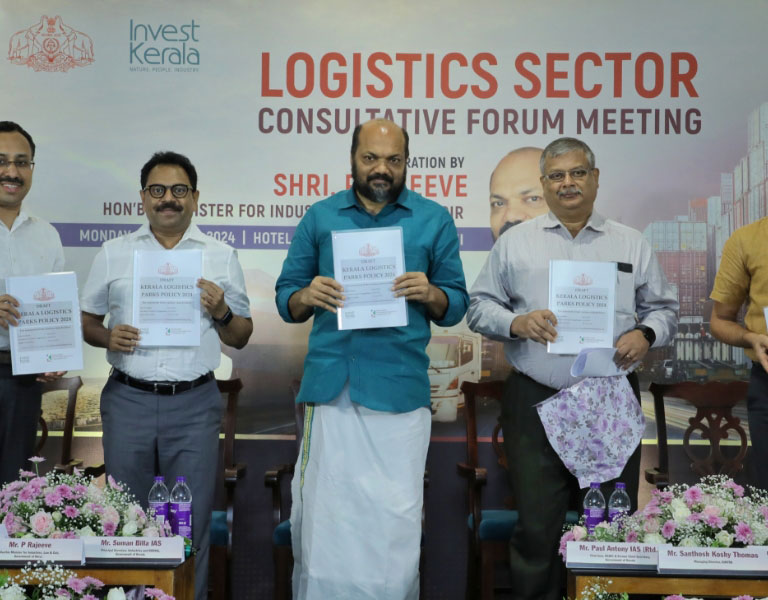
Industry Minister P. Rajeev released the draft Logistics Parks Policy 2024 in Kochi

The Minister P. Rajeev distributes awards for excellence in the entrepreneurial sector
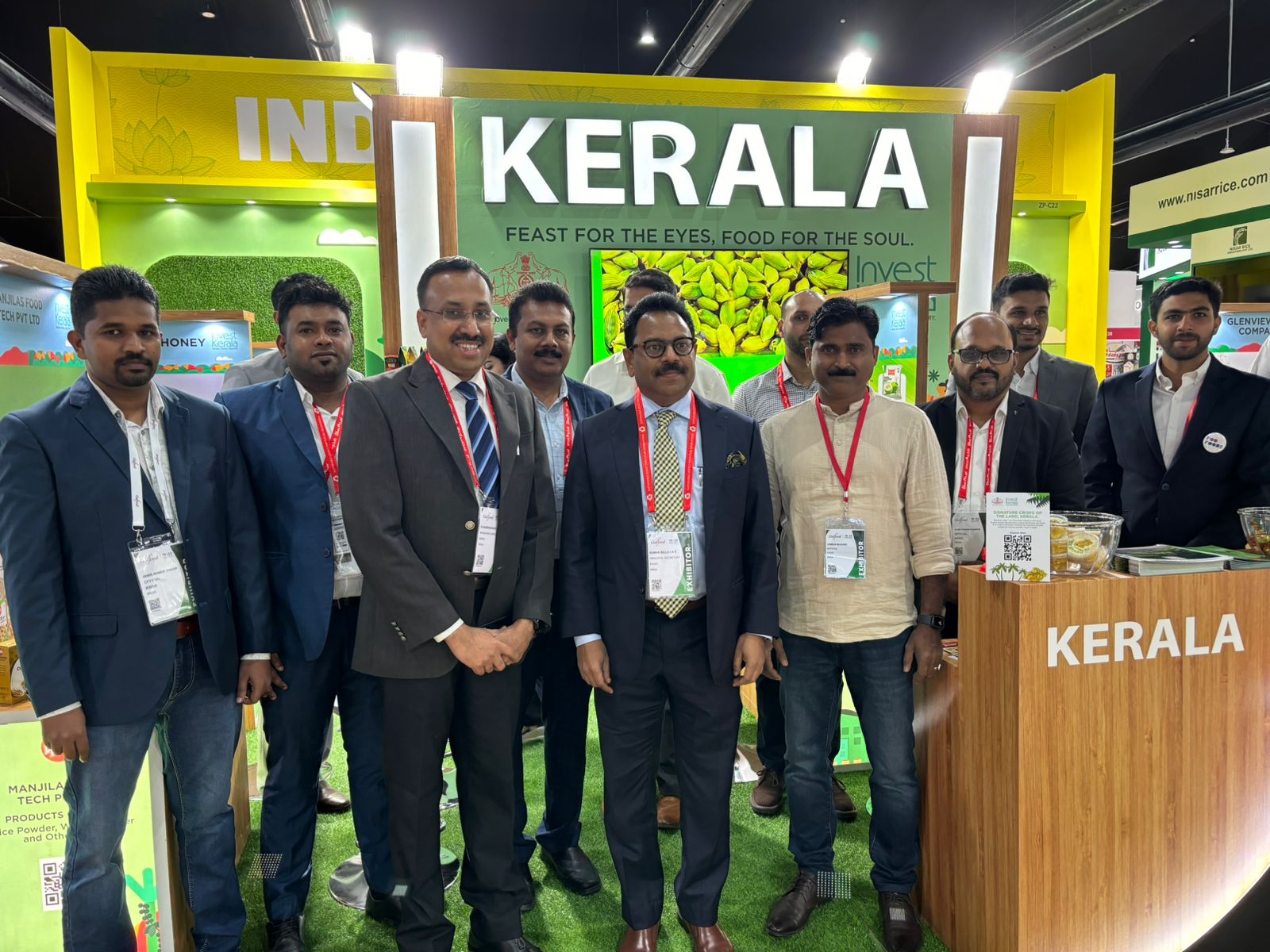
Kerala Marked a Strong Presence at Gulfood 2024 in Dubai
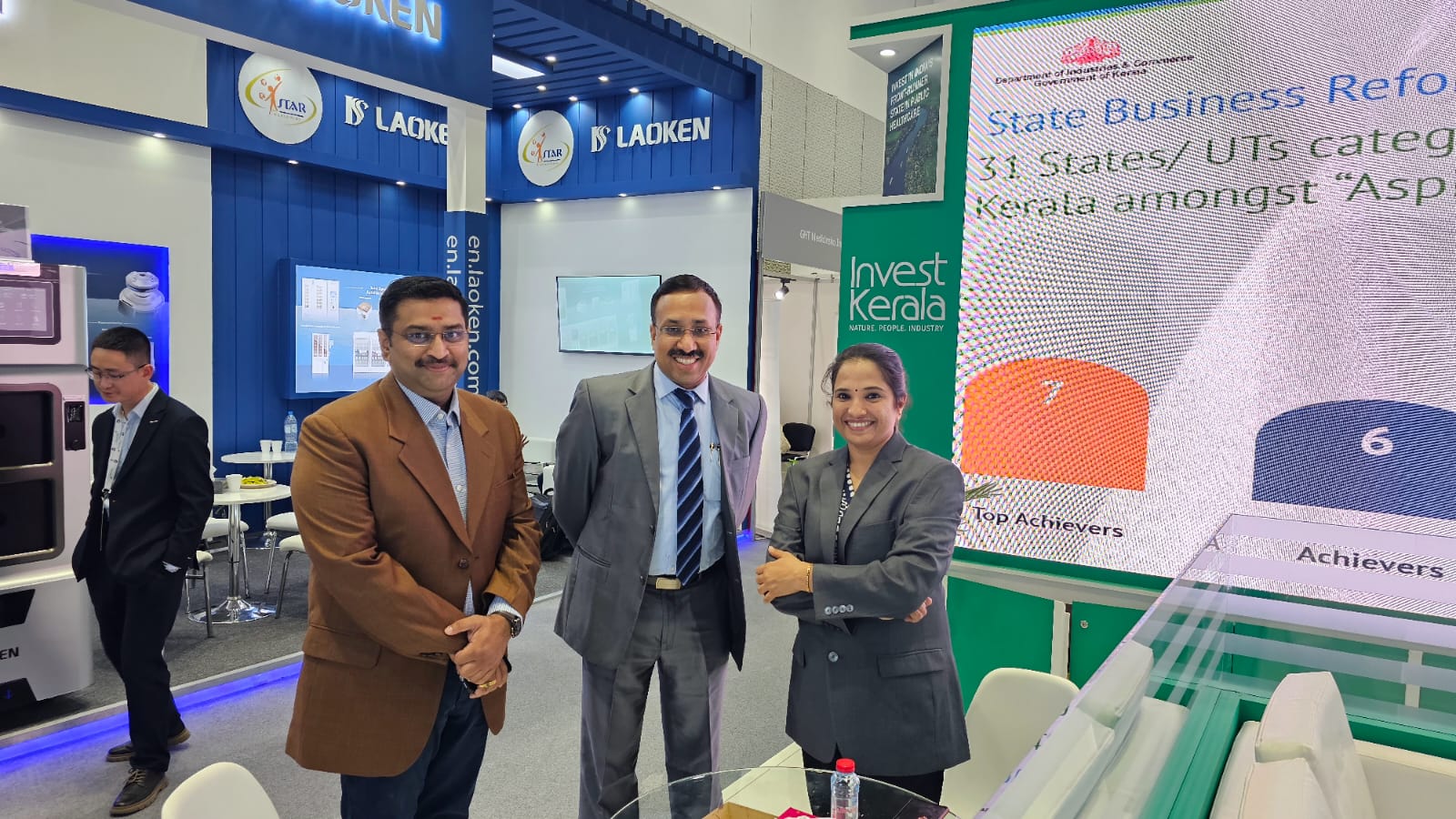
Kerala participated in the Arab Health Expo for the second time
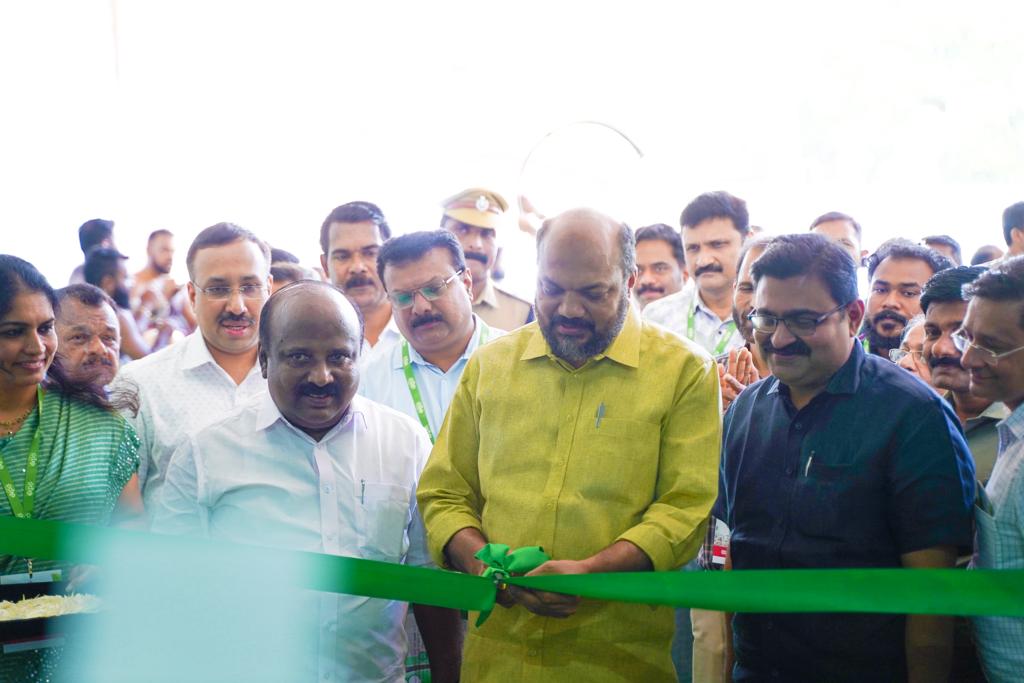
Kerala mulls policy initiatives to tap potential of plantation sector fully: Minister P Rajeeve

The Investor Conclave 2024 in Kozhikode has been organised

Mission 1000’ open to 250 more ventures in first phase: Industries Minister P. Rajeeve inaugurates first phase selection of 88 MSMEs
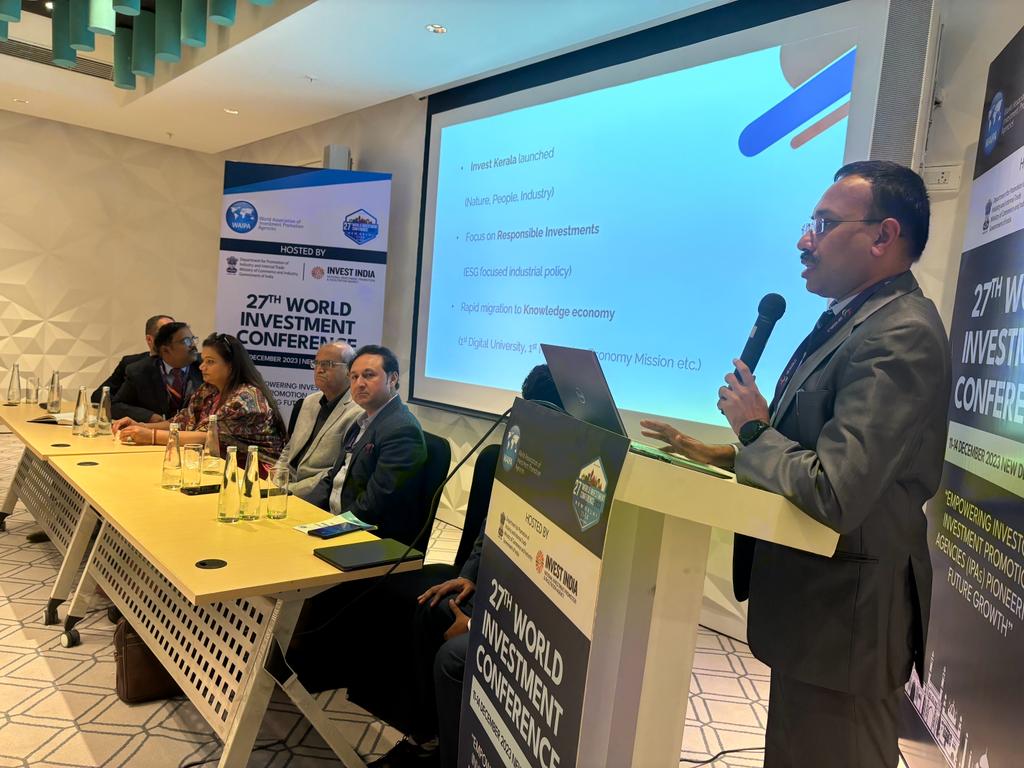
The Kerala participated in the WAIPA World Investment Conference in New Delhi
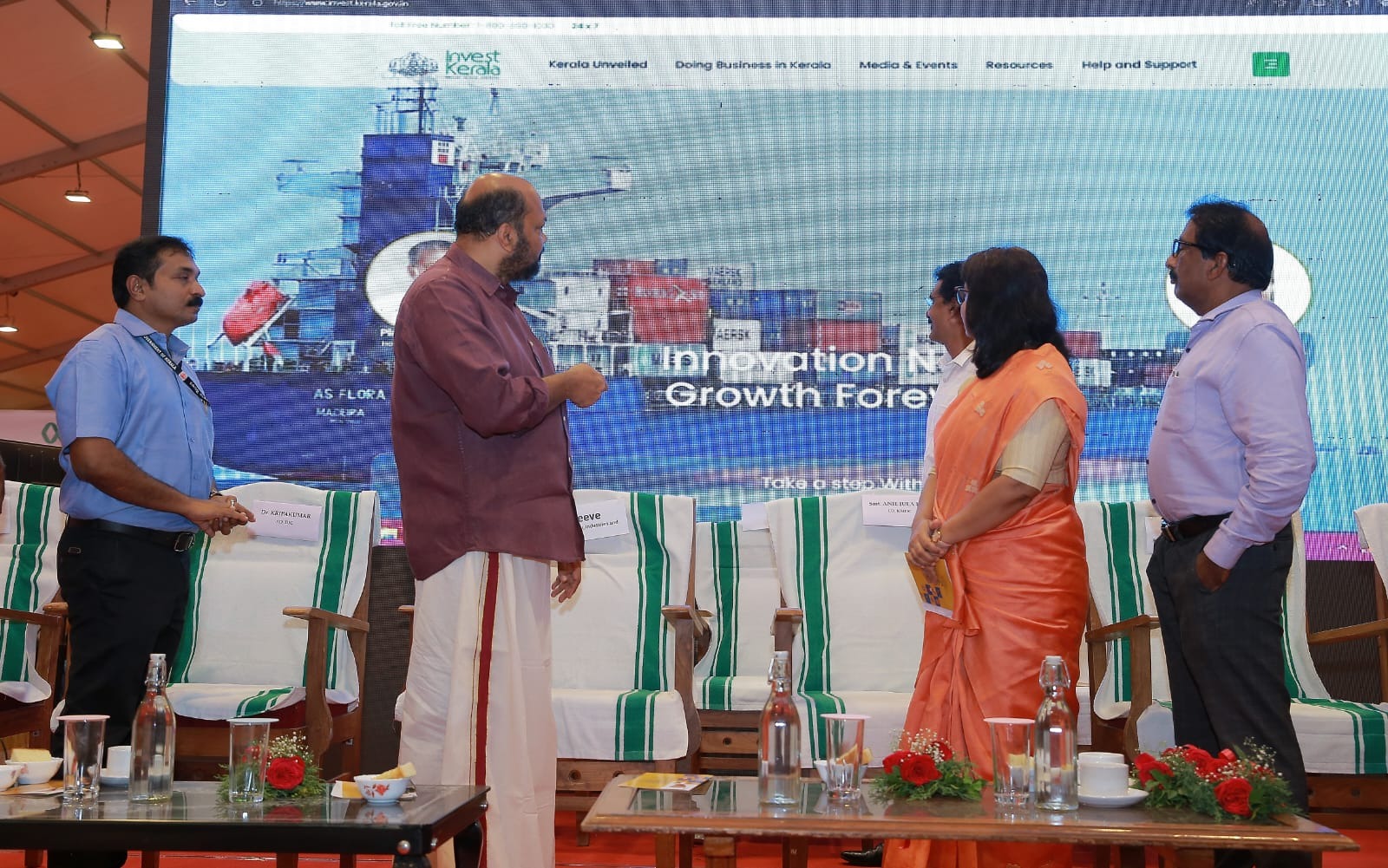
The state Launches Invest Kerala and K-RIIS portal for Investors
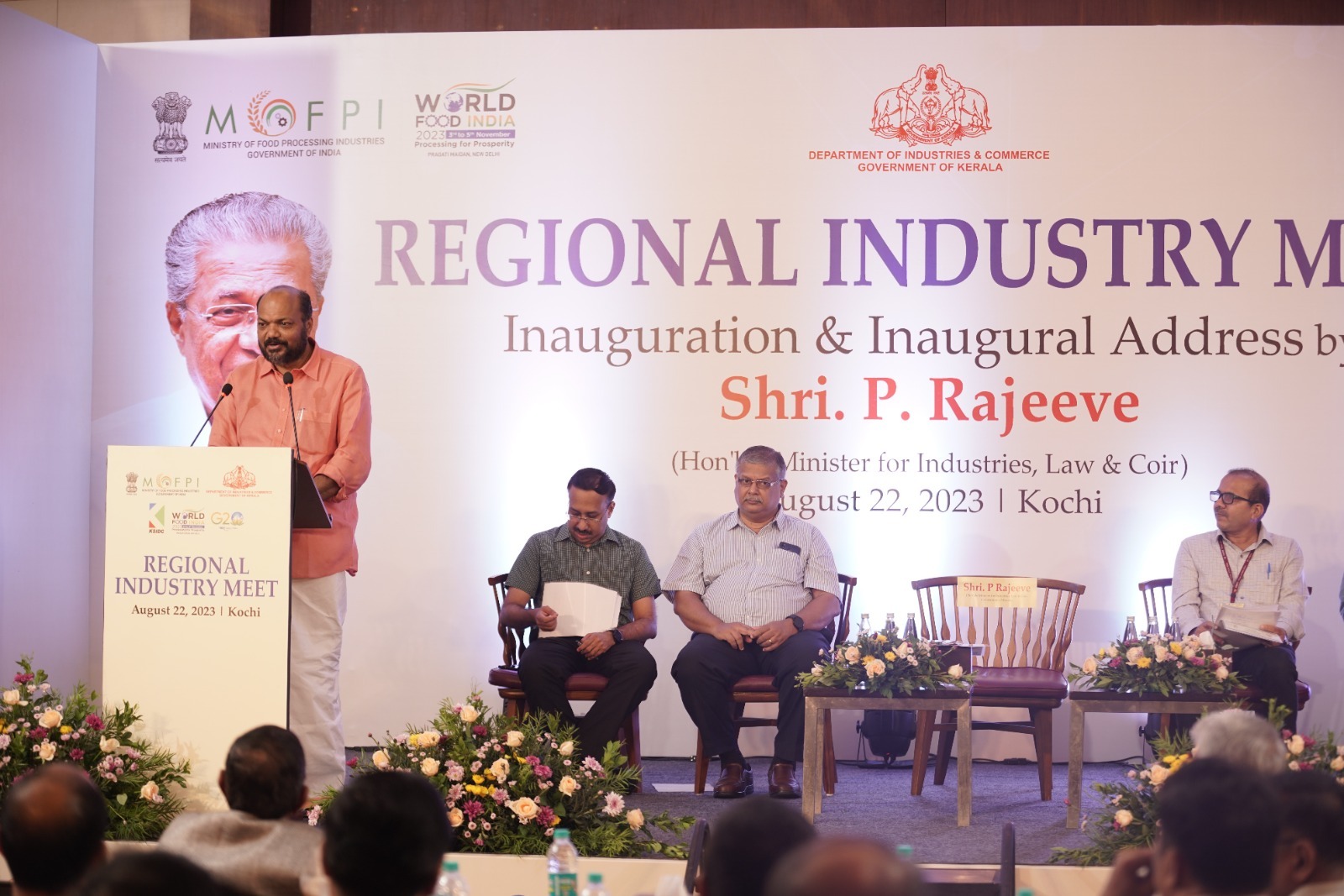
Regional Industry Meet Organised at Kochi

Bio Connect Kerala 2023″: Two Day Industrial Conclave Organised at Kovalam
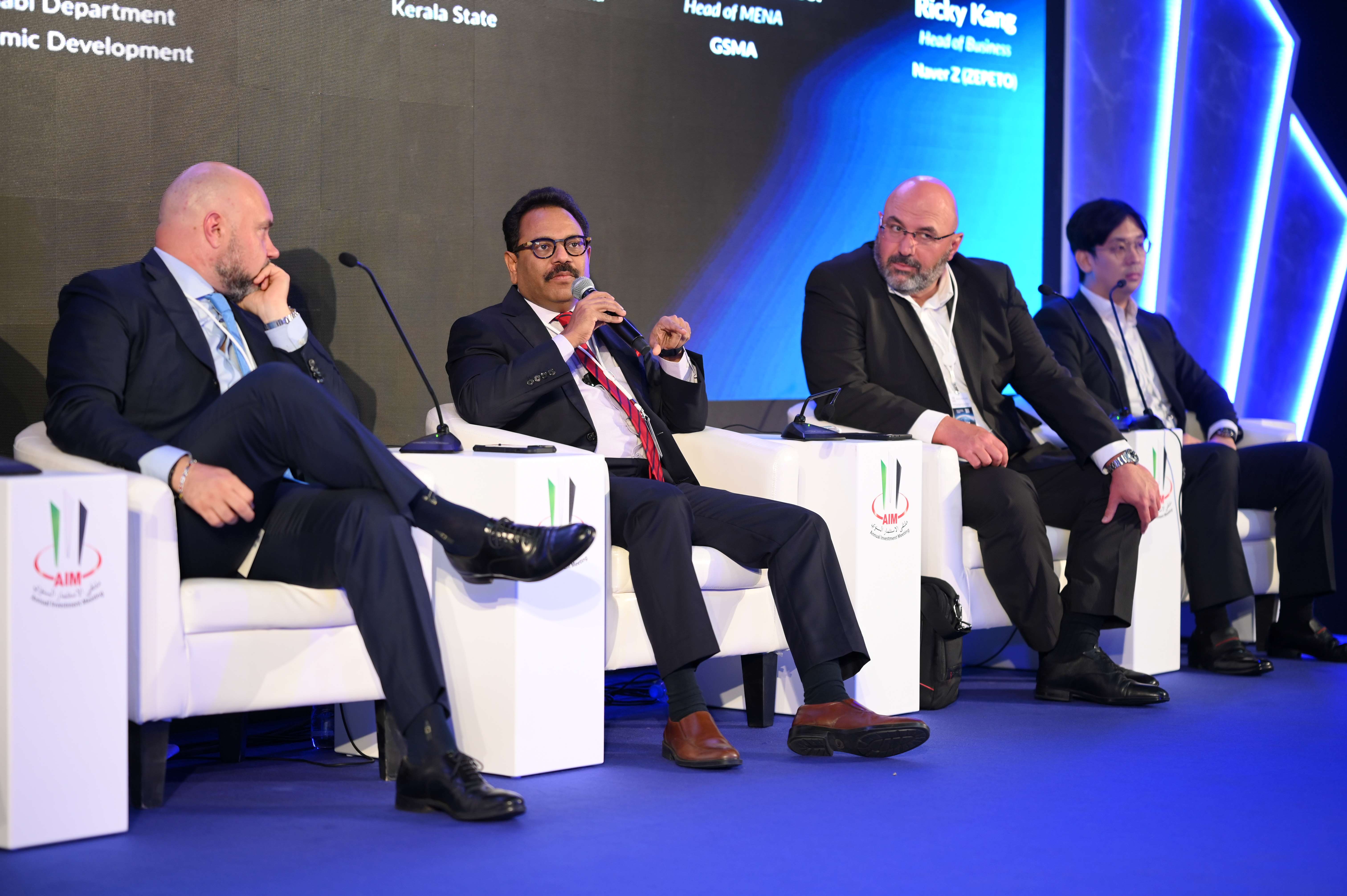
Kerala participated in the Annual Investment Meeting, Abu Dhabi

P. Rajeeve, Minister of Industries, Held a Discussion with Exporters at Ernakulam

Kerala participated in the Dubai Arab Health Expo
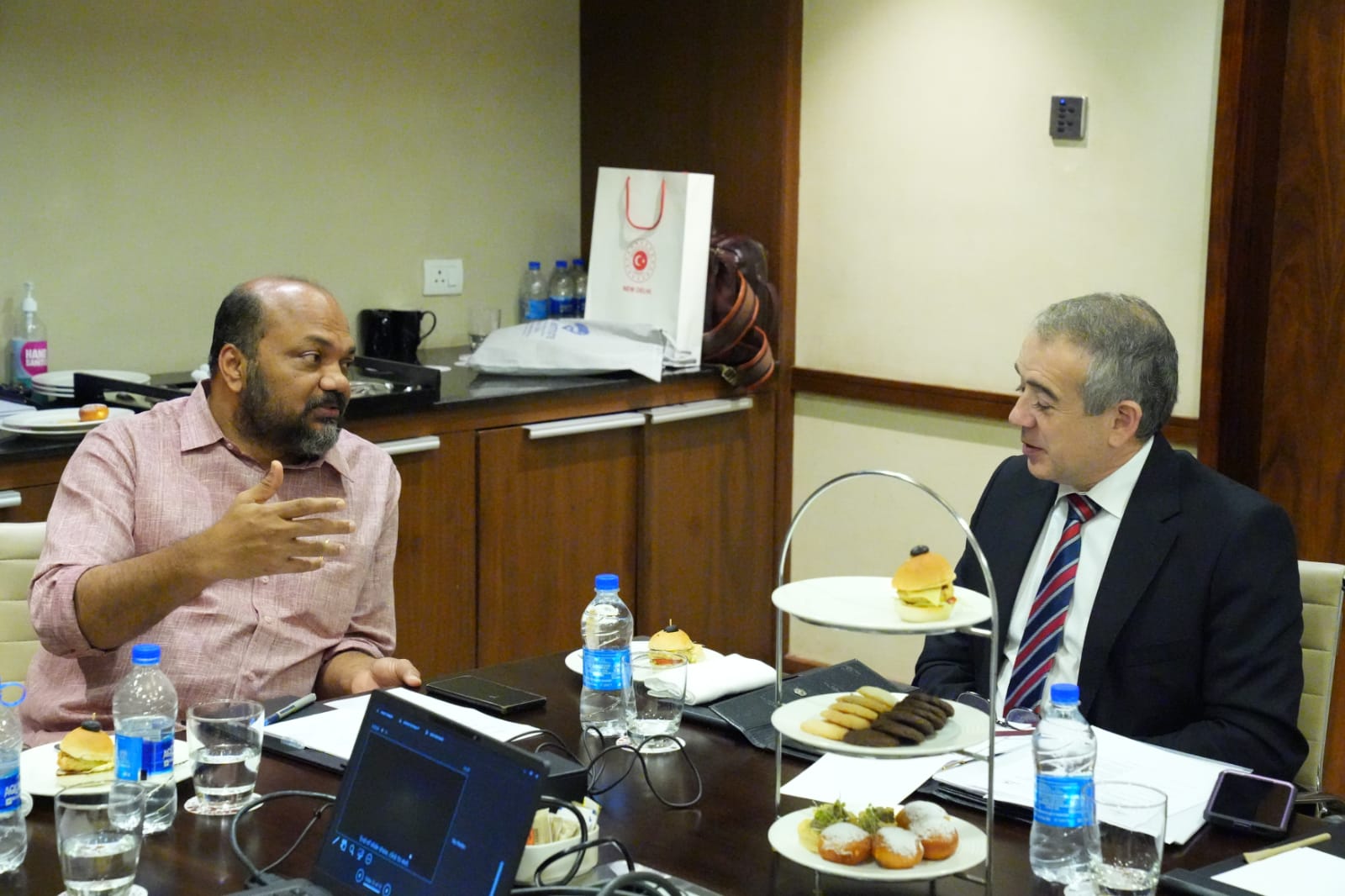
Interactive Round Table Meeting with Fırat Sunel, Ambassador, Republic of Türkiye in New Delhi
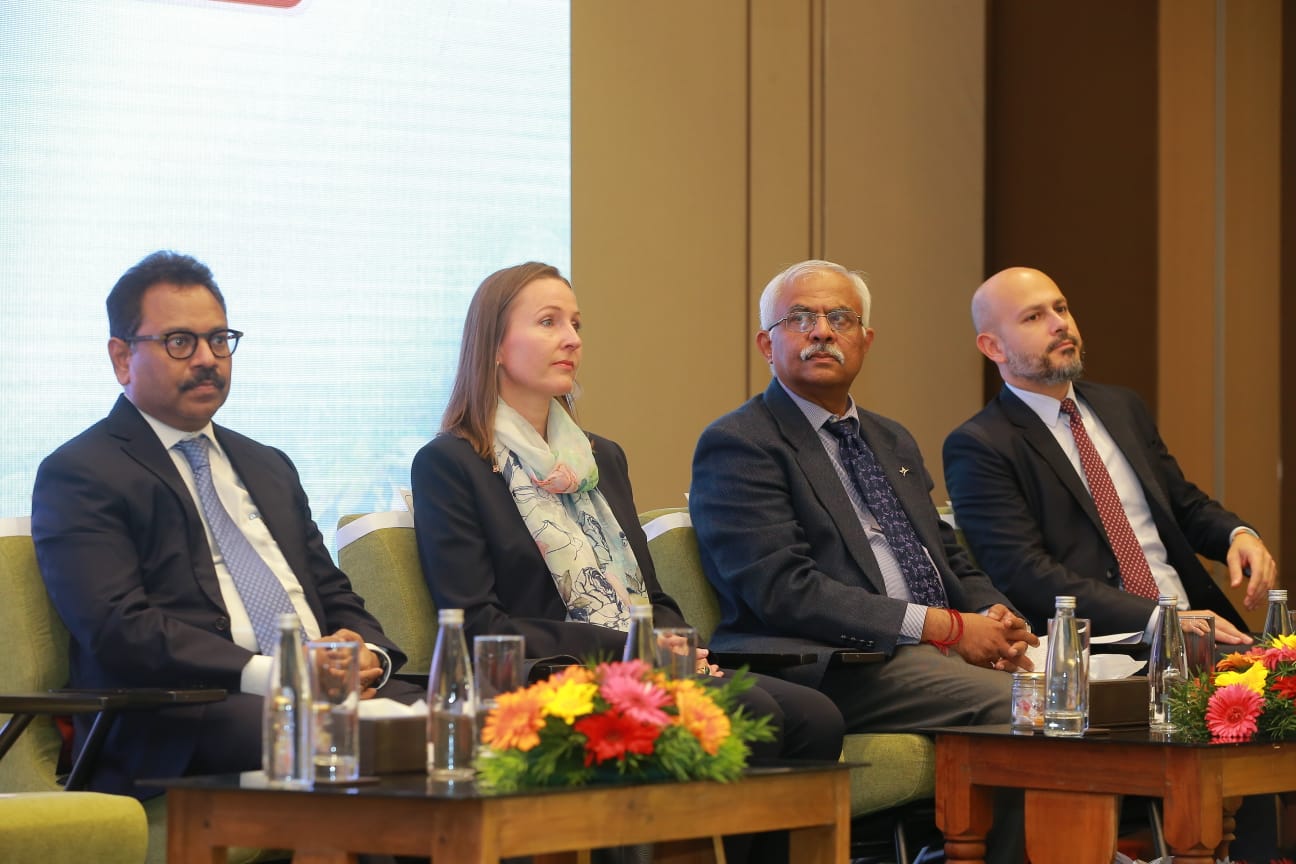
Kerala held an investor summit with Norwegian companies to strengthen bilateral trade ties
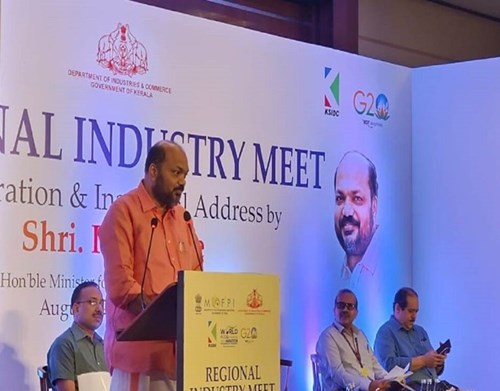
Kerala Mulling Over Bringing Fruit Cultivation under Plantation: Minister

Individual developers can set up industrial parks; Kerala revises policy.
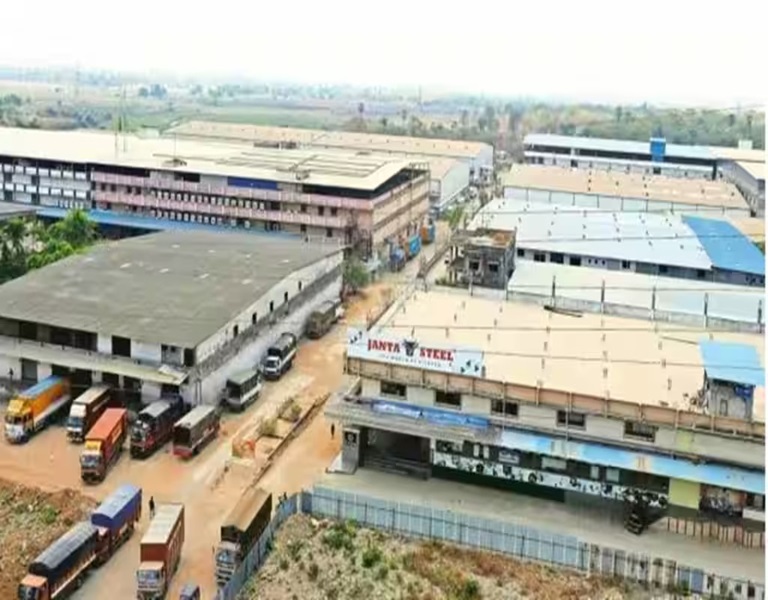
Kerala to have 25 private industrial parks this fiscal

Kerala govt invites taxation firms from US to set up offices in state
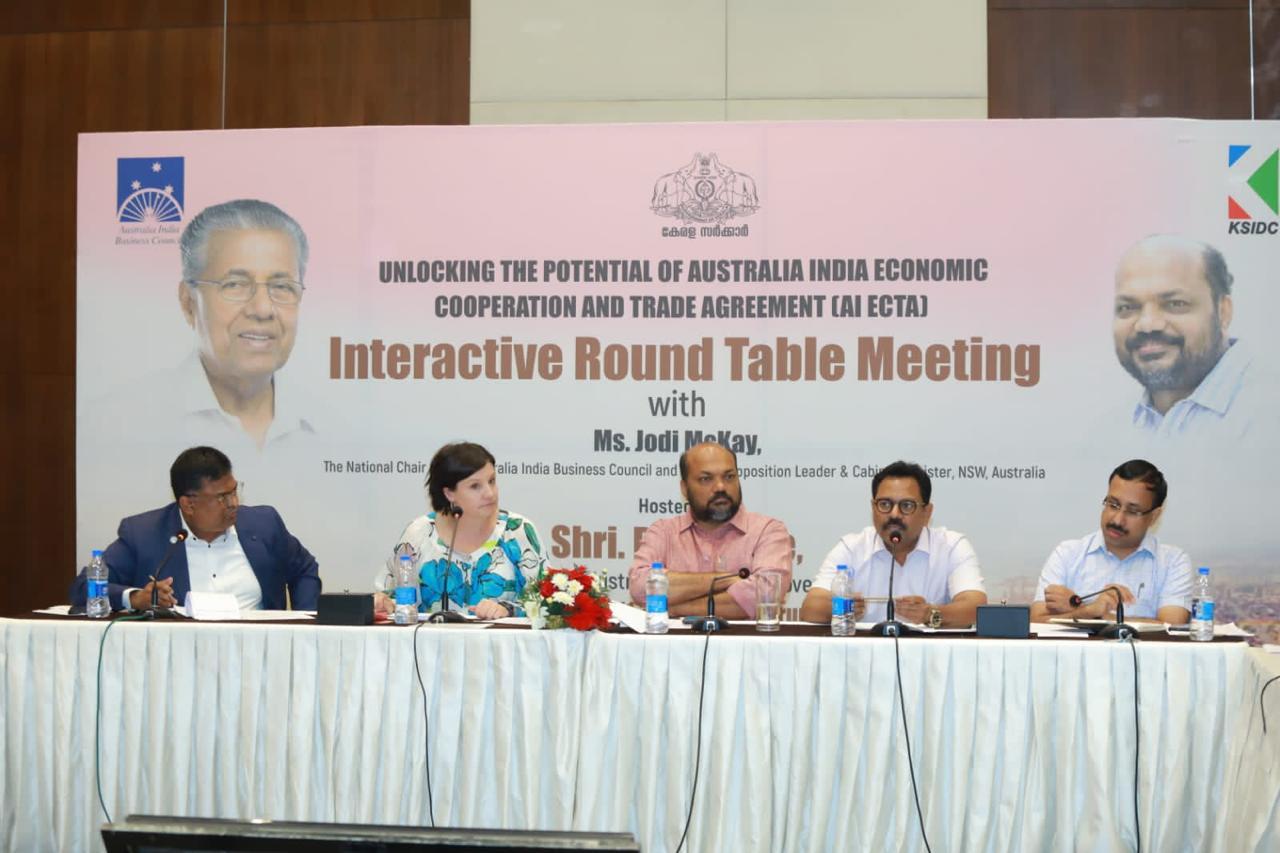
Unlocking the Potential of Australia – India’s Economic Cooperation and Trade Agreement

Interactive Session with the Ambassador of the Republic of Cuba to India
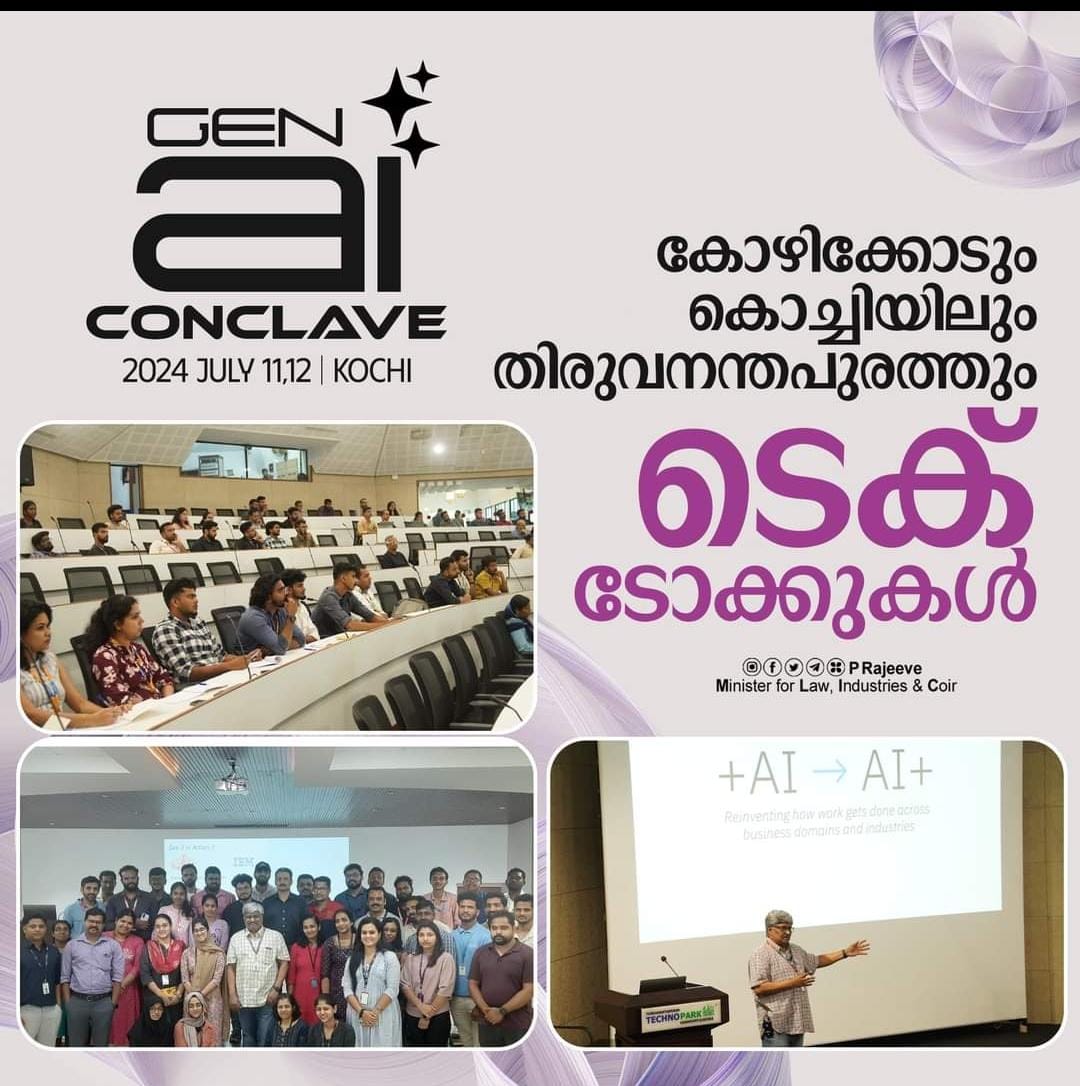
അന്താരാഷ്ട്ര ജനറേറ്റീവ് എ.ഐ കോണ്ക്ലേവിനു മുന്നോടിയായി ടെക് ടോക്കുകൾ സംഘടിപ്പിച്ചു

The two-day international Gen AI Conclave was inaugurated by Chief Minister Pinarayi Vijayan.

Astronaut Steve Smith Praises Kerala’s AI Curriculum, Advises Simplifying Life for Aspiring Space Travelers
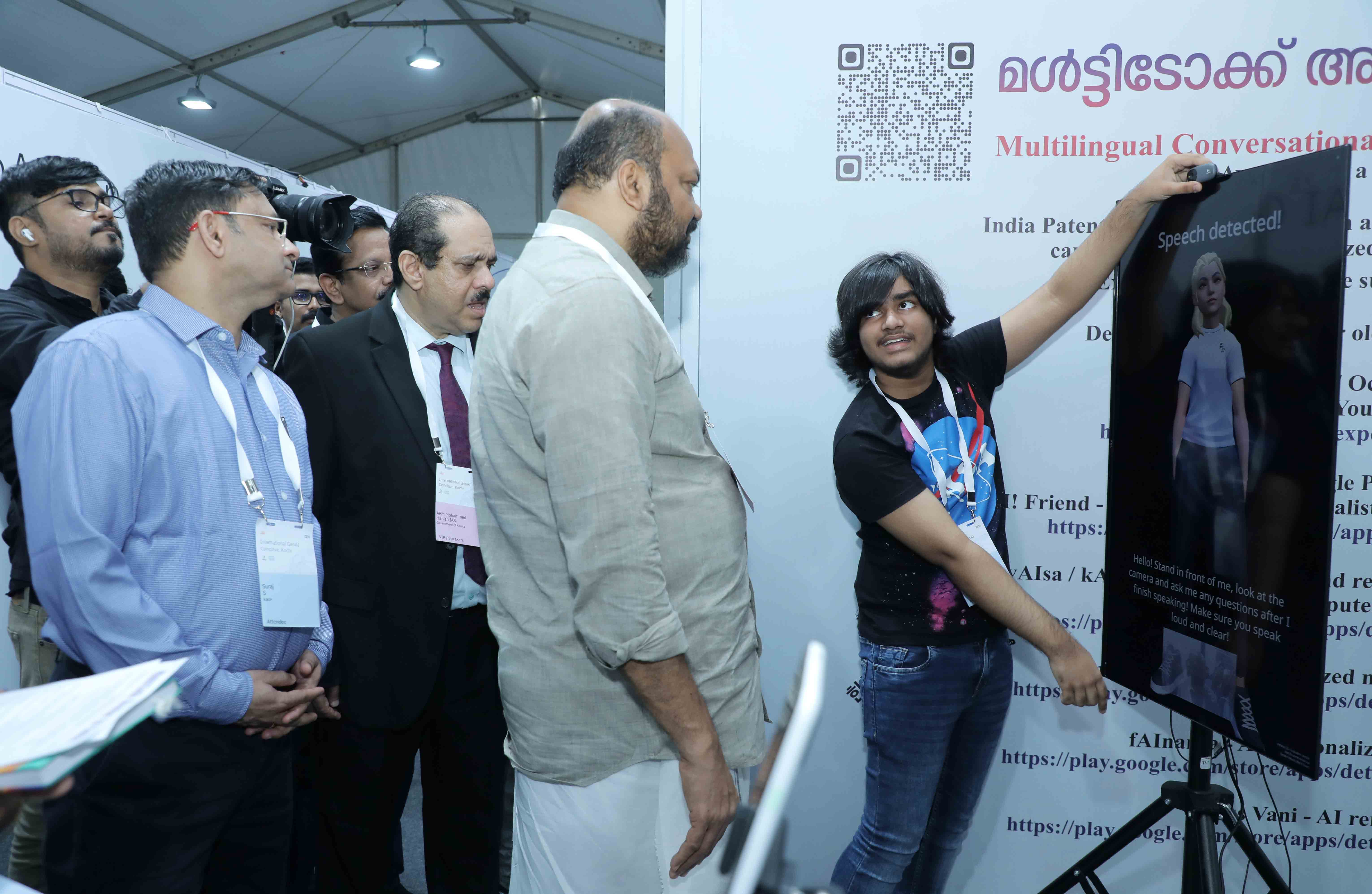
Young Prodigy Uday Shankar Showcases AI Innovations at the International GenAI Conclave

Minister P. Rajeev makes AI policy announcement at the closing session of the International GenAI Conclave
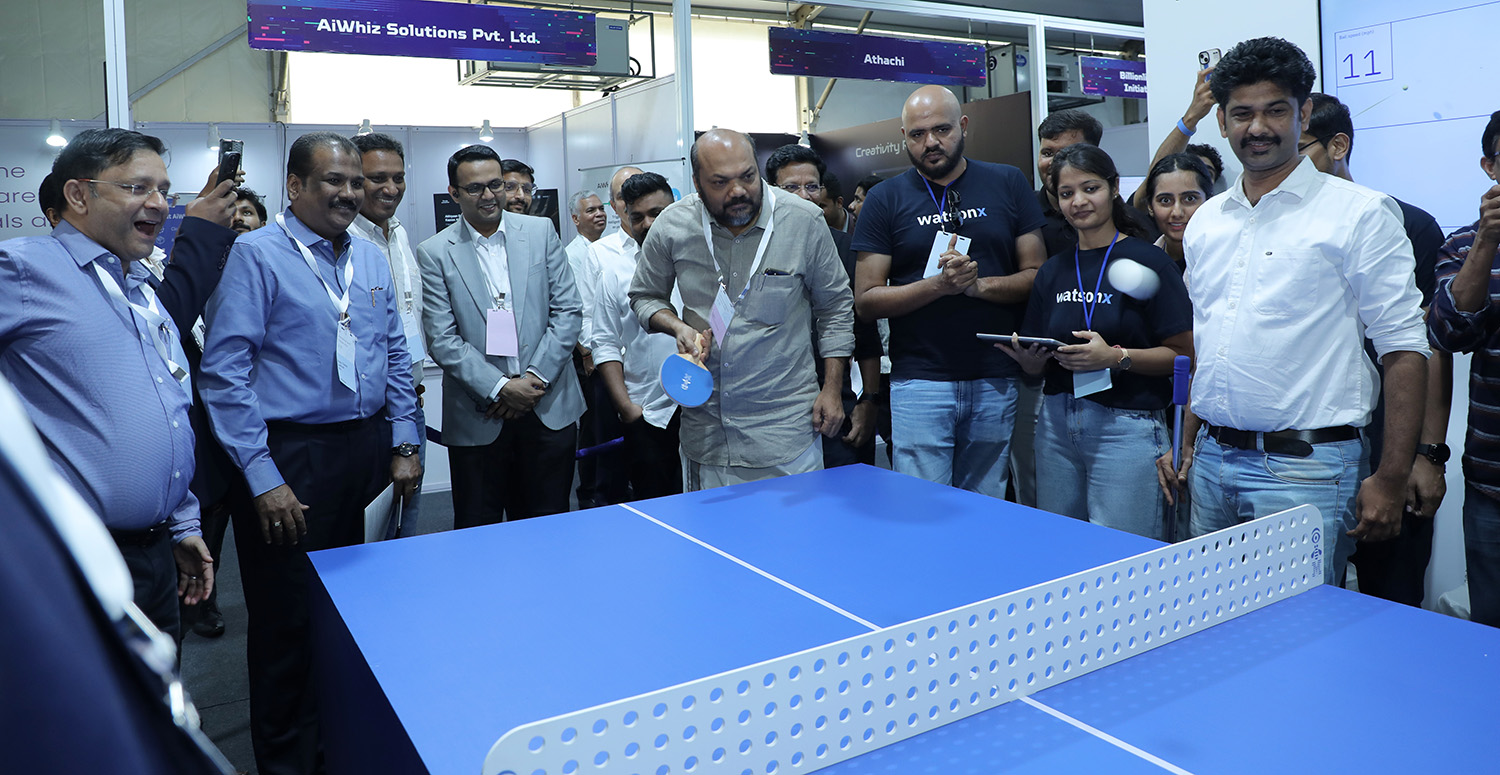
Minister P. Rajeev playing table tennis with assistance from IBM WatsonX at the International GenAI Conclave.
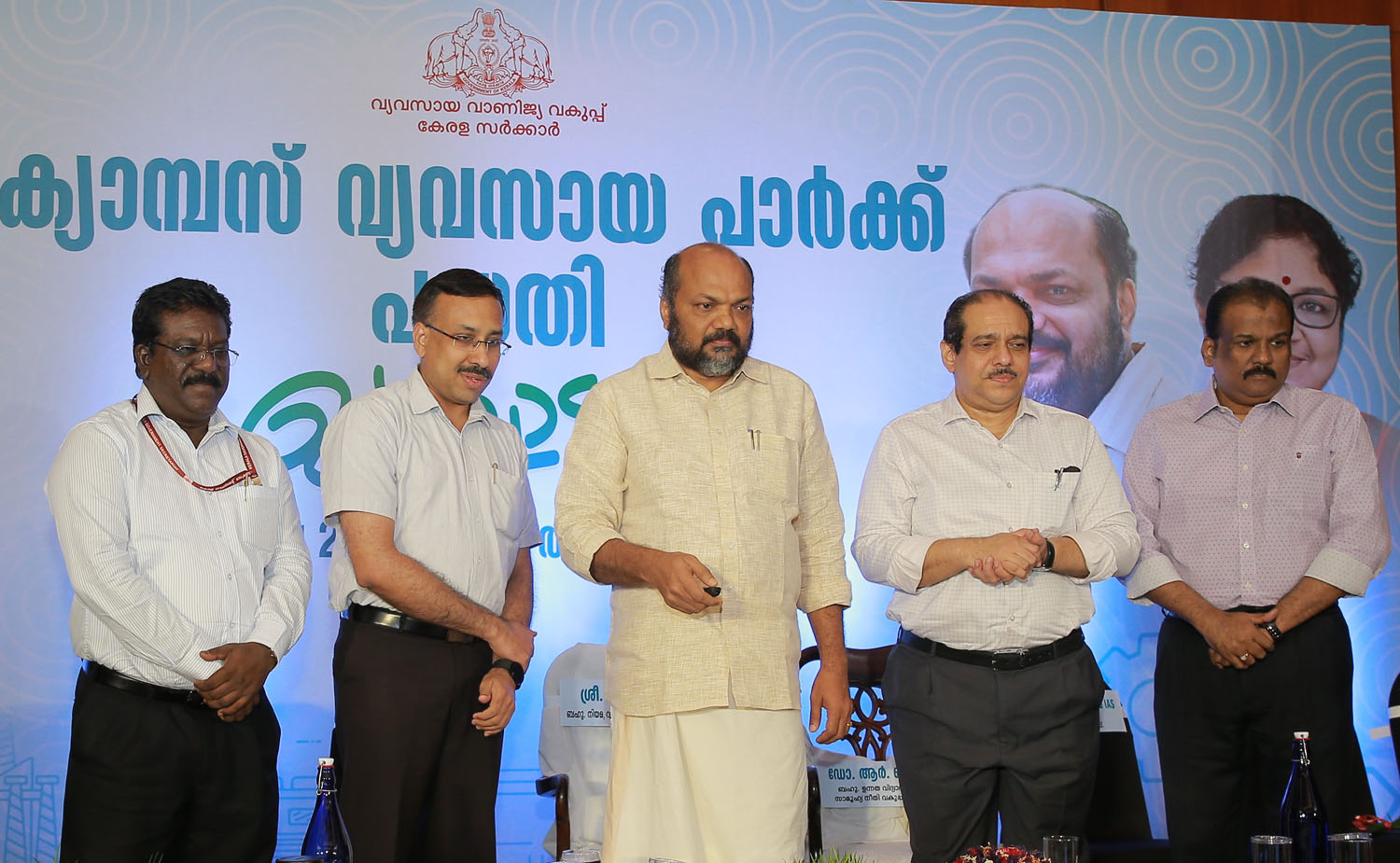
Kerala to Establish 25 Campus Industrial Parks in 2024: Industries Minister P. Rajeev Inaugurates Project
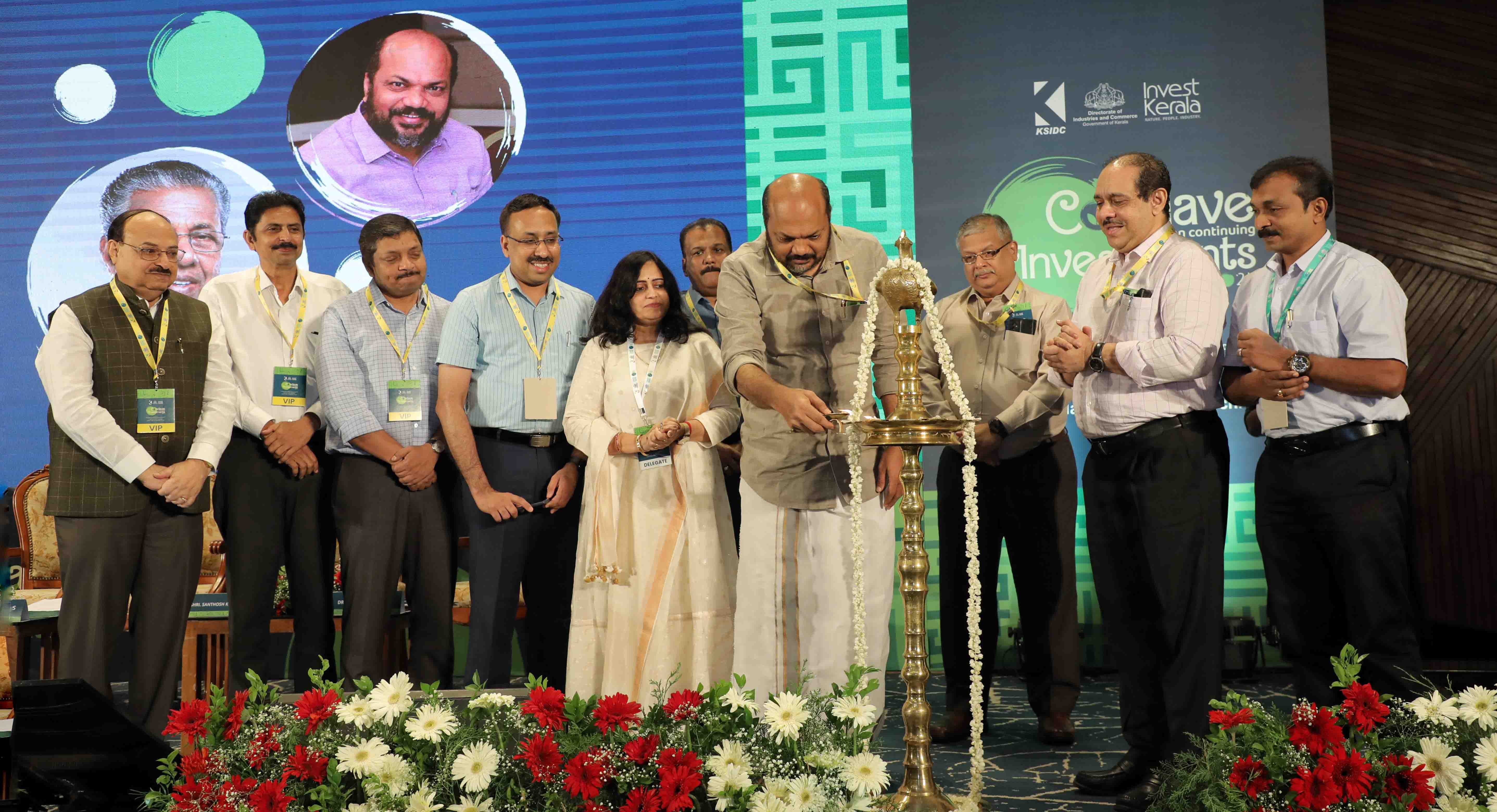
Kerala Attracted Rs 12,000 Crores in Investments from 300 Entrepreneurs: Minister P. Rajeev
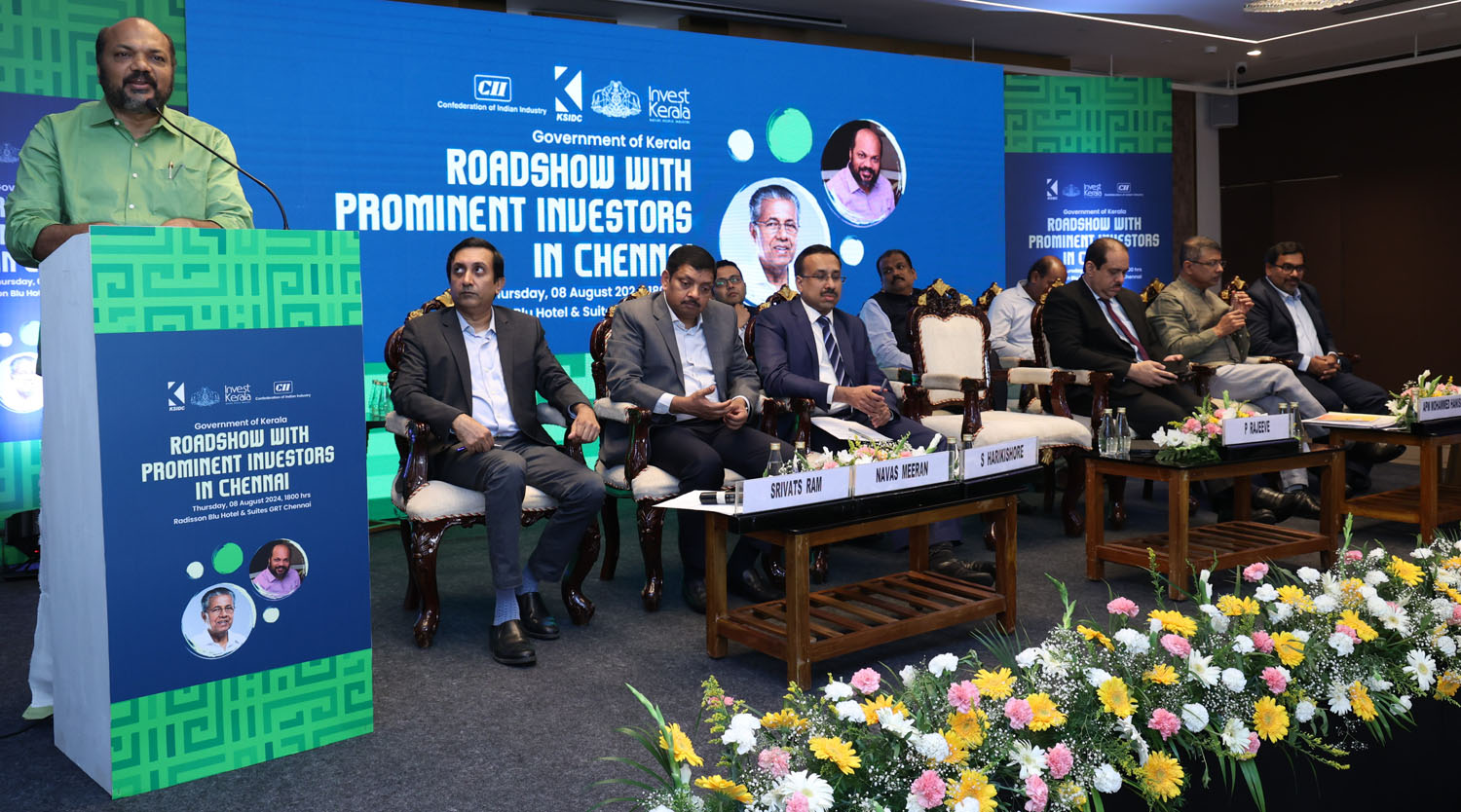
Kerala and Tamil Nadu to Collaborate for Industrial Growth: Minister P Rajeeve

Kerala Launches 'Nanma' Brand to Elevate Global Market for State's Authentic Products
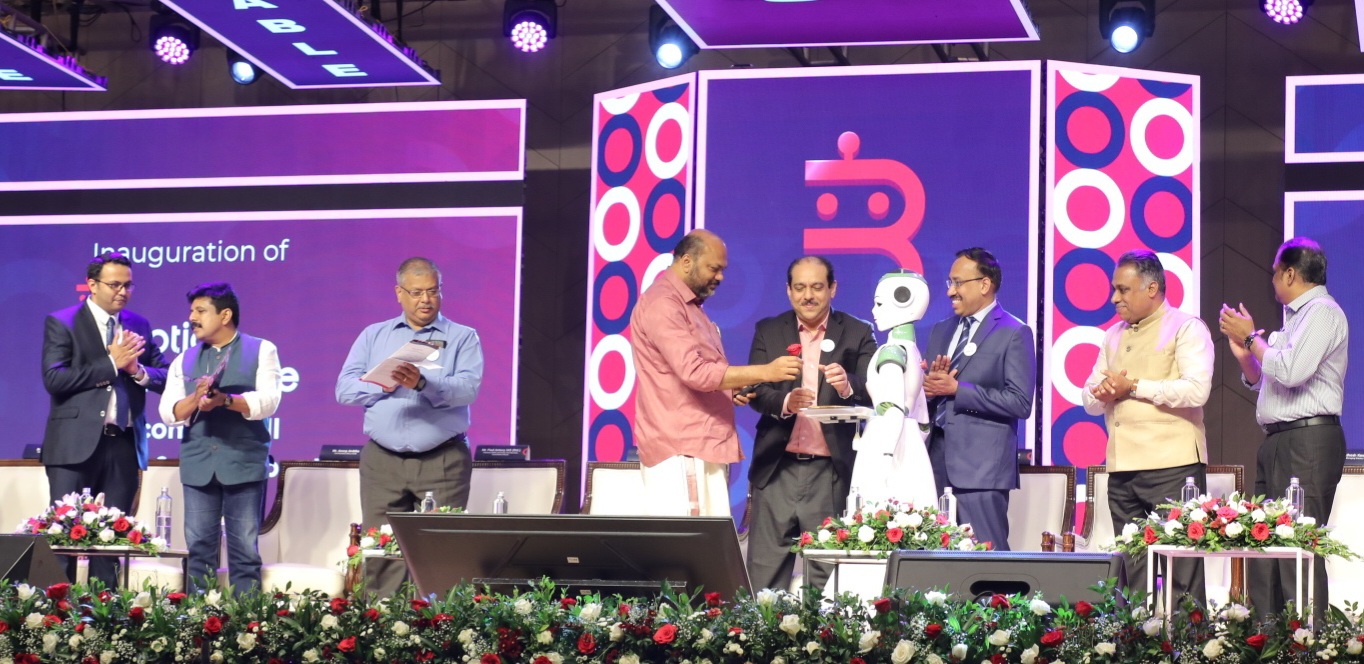
Fast-Emerging Robotics to Expand Job Opportunities in Kerala: Minister P. Rajeeve
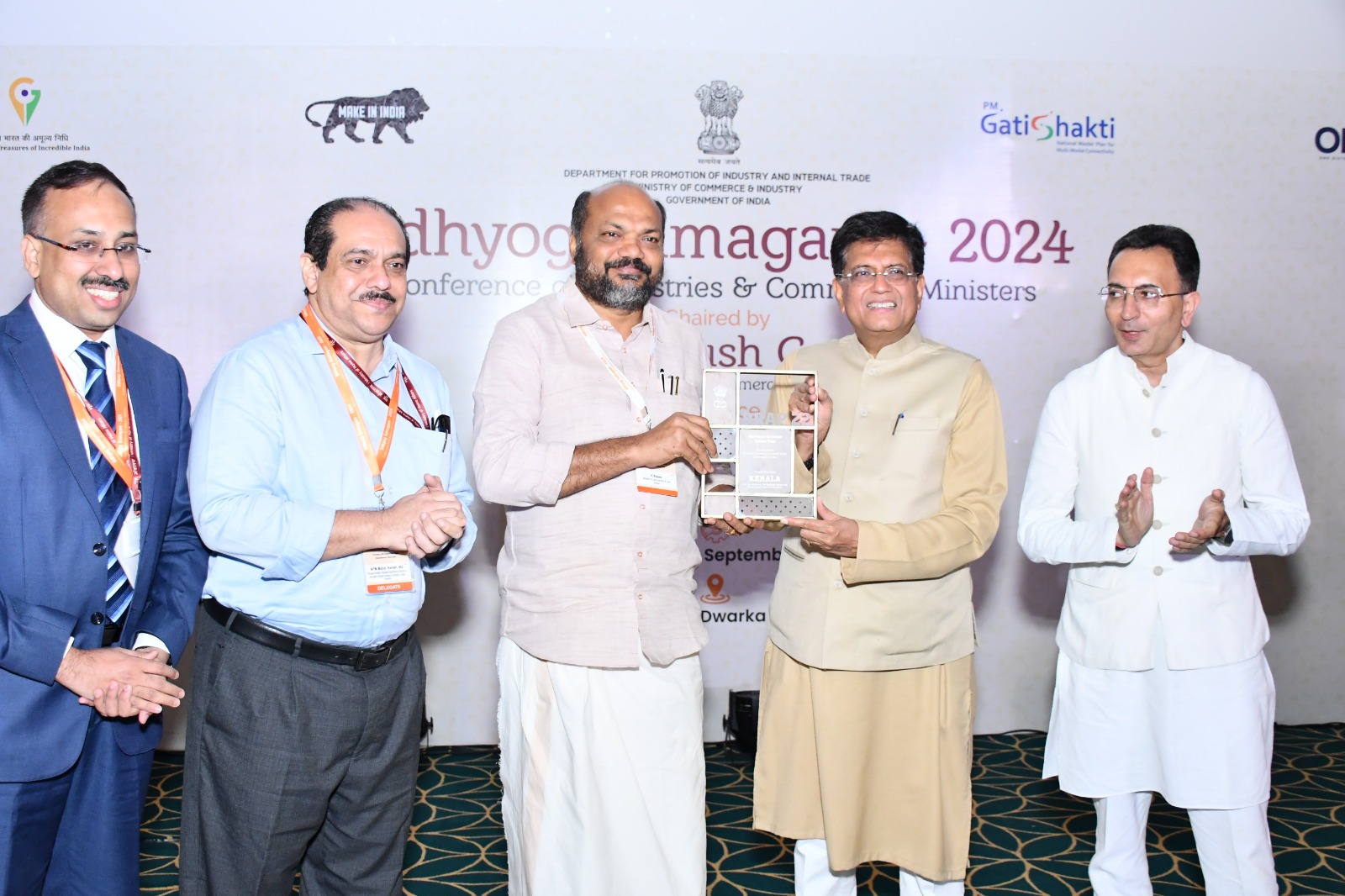
Kerala Emerges as India’s Top Business-Friendly State, Secures 1st Place in Ease of Doing Business Ranking 2022

Minister P.Rajeeve Interacted with Experts at the US Tax Industry Meet

State’s First Maritime Cluster to be Set up in Cherthala: Minister P.Rajeev Announced

Kerala Government’s First Investment Promotion Award Conferred to Dinesh Nirmmal of IBM

KSIDC Organised the ‘Kerala Scale Up Conclave 2024’ for Startups in Kochi

Industry Minister P. Rajeev released the draft Logistics Parks Policy 2024 in Kochi

The Minister P. Rajeev distributes awards for excellence in the entrepreneurial sector

Kerala Marked a Strong Presence at Gulfood 2024 in Dubai

Kerala participated in the Arab Health Expo for the second time

Kerala mulls policy initiatives to tap potential of plantation sector fully: Minister P Rajeeve

The Investor Conclave 2024 in Kozhikode has been organised

Mission 1000’ open to 250 more ventures in first phase: Industries Minister P. Rajeeve inaugurates first phase selection of 88 MSMEs

The Kerala participated in the WAIPA World Investment Conference in New Delhi

The state Launches Invest Kerala and K-RIIS portal for Investors

Regional Industry Meet Organised at Kochi

Bio Connect Kerala 2023″: Two Day Industrial Conclave Organised at Kovalam

Kerala participated in the Annual Investment Meeting, Abu Dhabi

P. Rajeeve, Minister of Industries, Held a Discussion with Exporters at Ernakulam

Kerala participated in the Dubai Arab Health Expo

Interactive Round Table Meeting with Fırat Sunel, Ambassador, Republic of Türkiye in New Delhi

Kerala held an investor summit with Norwegian companies to strengthen bilateral trade ties

Kerala Mulling Over Bringing Fruit Cultivation under Plantation: Minister

Individual developers can set up industrial parks; Kerala revises policy.

Kerala to have 25 private industrial parks this fiscal

Kerala govt invites taxation firms from US to set up offices in state

Unlocking the Potential of Australia – India’s Economic Cooperation and Trade Agreement

Interactive Session with the Ambassador of the Republic of Cuba to India

അന്താരാഷ്ട്ര ജനറേറ്റീവ് എ.ഐ കോണ്ക്ലേവിനു മുന്നോടിയായി ടെക് ടോക്കുകൾ സംഘടിപ്പിച്ചു

The two-day international Gen AI Conclave was inaugurated by Chief Minister Pinarayi Vijayan.

Astronaut Steve Smith Praises Kerala’s AI Curriculum, Advises Simplifying Life for Aspiring Space Travelers

Young Prodigy Uday Shankar Showcases AI Innovations at the International GenAI Conclave

Minister P. Rajeev makes AI policy announcement at the closing session of the International GenAI Conclave

Minister P. Rajeev playing table tennis with assistance from IBM WatsonX at the International GenAI Conclave.

Kerala to Establish 25 Campus Industrial Parks in 2024: Industries Minister P. Rajeev Inaugurates Project

Kerala Attracted Rs 12,000 Crores in Investments from 300 Entrepreneurs: Minister P. Rajeev

Kerala and Tamil Nadu to Collaborate for Industrial Growth: Minister P Rajeeve

Kerala Launches 'Nanma' Brand to Elevate Global Market for State's Authentic Products

Fast-Emerging Robotics to Expand Job Opportunities in Kerala: Minister P. Rajeeve

Kerala Emerges as India’s Top Business-Friendly State, Secures 1st Place in Ease of Doing Business Ranking 2022